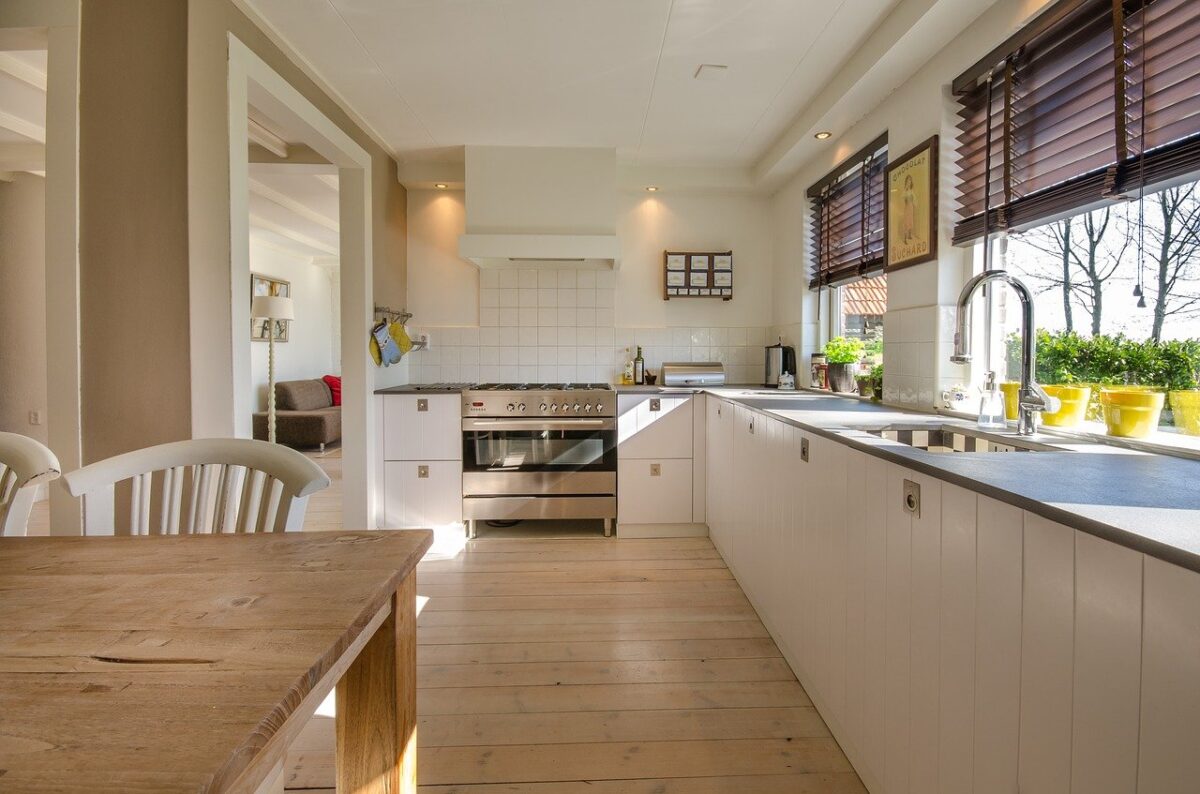The splash guards are useful in the kitchen to protect the walls from dirt caused by the processing and cooking of food. Let’s compare the two possibilities: resin or microcement. Who will win the challenge?
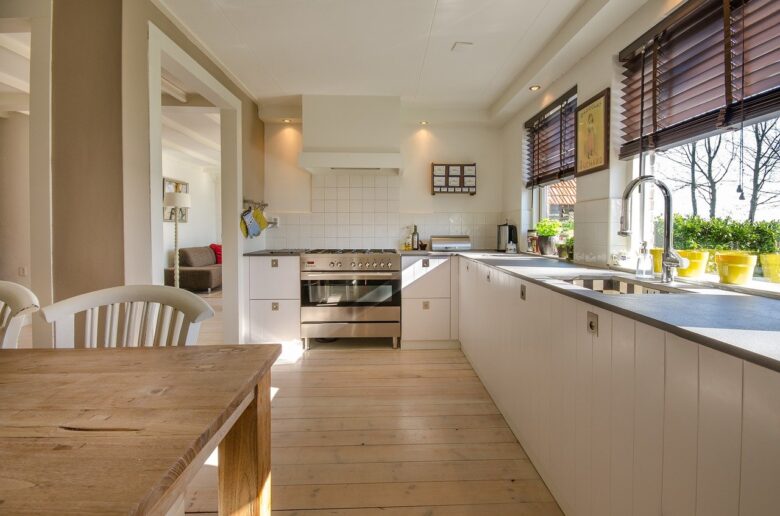
The splash guard it is none other than a coating which protects the kitchen walls or the kitchenette, whether they are masonry or with ceramic tiles to be preserved. In fact, when you consume food or cook, it is almost inevitable that the walls around the stove or the sink surface that is used perhaps to cut fruit or vegetables some splashes or other traces of dirt.
To keep the fire area clean, but also the worktop or sink, it is important to have an effective backsplash, but also suitable for the aesthetics of the kitchen. Indeed many types of splash guards are available on the market in different materials, suitable for the various needs of each customer. In steel, glass, plastic, the splash guard is an object that you can customize according to your tastes, but still be useful and functional in the kitchen, to avoid permanent stains.
Read also: Microcement backsplash: ideas, advantages and prices

Splash guards: what are they for?
The kitchen is one of the most frequented and used areas of a home, at least for most Italian families. If you like to cook something good every day and give space to creativity, the splash guard can turn out a valid ally for cleaning and hygiene of an environment in which it is important not to let bacteria and other unpleasant entities proliferate.
During food preparation it is normal to report sauce stains, oil splashes perhaps while frying something, or signs of a cut of fruit or vegetables as a preparation for various recipes. Splashbacks, also known as scullery or kitchen back panels, are the best solution to protect walls with style and awareness.
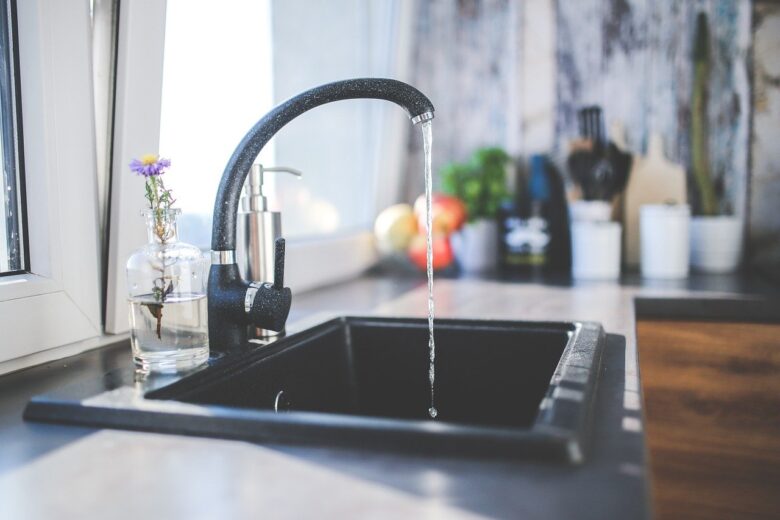
Splashbacks: the various materials
In addition to the color that best suits the furniture of the kitchenette, the splash guard must withstand high temperatures where it limits the area of the fires and respond well to any humidity always ready to attack in some buildings. There are splash guards in various materials. Made of tempered glass or in steel for a modern kitchen, in melamine chipboard for a lower cost solution, in laminate, or the ceramic which is a bit of an evergreen that never goes out of style.
Who chooses the resin splash guards is looking for a more original and creative solution, since the resin is a ductile product that covers the back of the kitchen very well without the need for too invasive and expensive interventions. An epoxy resin panel it is a quick and practical option to give a fresh and pleasant look to the kitchen without a major renovation.
You may be interested in: Microcement bathroom: guide to a trendy material
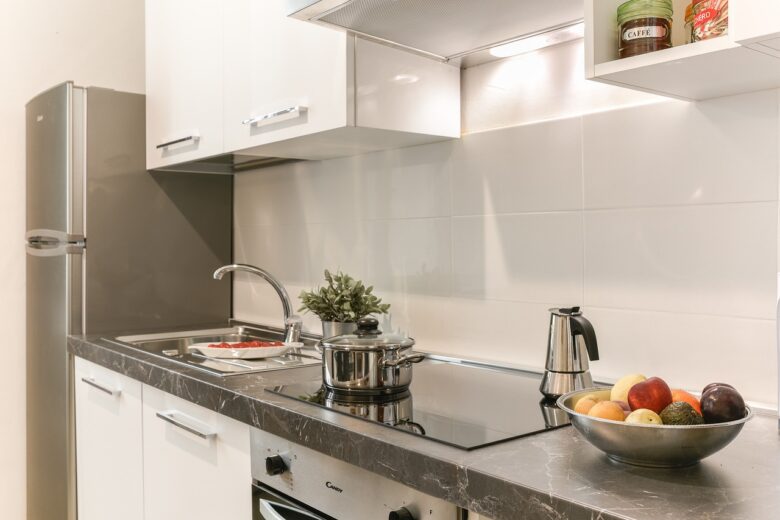
Mudflaps in resin
Indeed the resin you can apply on old tiles directly with a roller or brush and it is also water repellent, which is not bad in an environment like the kitchen. It also cleans easily and resists mold and wear and tear well over the years, so da do not require maintenance interventions that are too close together. If desired, it is also possible to give the resin a smooth or shiny effect once dry.
Splash guard in microcement
Microcement backsplash is usually preferred for modern style kitchens because it presents UV resistant colors and is not subject to yellowing thanks to the protective treatment. Practical to clean since a damp cloth and a little detergent is enough, and if placed in the right way it does not allow the joints to form.
Do you want design advice on how to furnish? Join the group
The backsplash in microcement respects a minimalist aesthetic and is perfect for covering any type of surface, promising a good degree of hygiene to the kitchen. A solution that lasts over time, but also with a refined design that enhances the modern kitchen in the right way, with style and refinement. Microcement is a versatile product you can count on, which modern architects rely heavily on.
His neutral appearance it allows it to bond with various types of environments, with a sober elegance resistant to the passage of time and to the preparation of food. From a practical point of view it requires coatings with a maximum thickness of 2mm and also the cost is competitive by proposing solutions relatively economic.
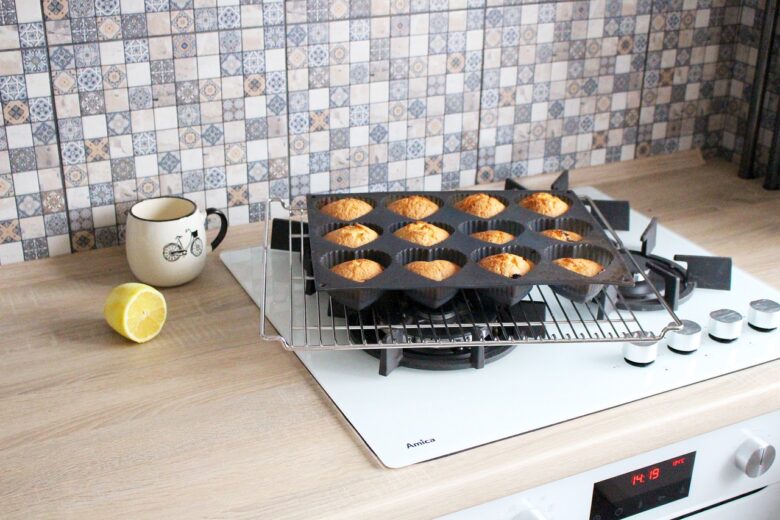
Splashback: better resin or microcement? Photos and Images
Browse the gallery below to find out what the backsplashes are used for and in what material it is advisable to make them for functionality and aesthetics in your kitchen.
The splash guards are useful in the kitchen to protect the walls from dirt caused by the processing and cooking of food. Let’s compare the two possibilities: resin or microcement. Who will win the challenge?

The splash guard it is none other than a coating which protects the kitchen walls or the kitchenette, whether they are masonry or with ceramic tiles to be preserved. In fact, when you consume food or cook, it is almost inevitable that the walls around the stove or the sink surface that is used perhaps to cut fruit or vegetables some splashes or other traces of dirt.
To keep the fire area clean, but also the worktop or sink, it is important to have an effective backsplash, but also suitable for the aesthetics of the kitchen. Indeed many types of splash guards are available on the market in different materials, suitable for the various needs of each customer. In steel, glass, plastic, the splash guard is an object that you can customize according to your tastes, but still be useful and functional in the kitchen, to avoid permanent stains.
Read also: Microcement backsplash: ideas, advantages and prices

Splash guards: what are they for?
The kitchen is one of the most frequented and used areas of a home, at least for most Italian families. If you like to cook something good every day and give space to creativity, the splash guard can turn out a valid ally for cleaning and hygiene of an environment in which it is important not to let bacteria and other unpleasant entities proliferate.
During food preparation it is normal to report sauce stains, oil splashes perhaps while frying something, or signs of a cut of fruit or vegetables as a preparation for various recipes. Splashbacks, also known as scullery or kitchen back panels, are the best solution to protect walls with style and awareness.

Splashbacks: the various materials
In addition to the color that best suits the furniture of the kitchenette, the splash guard must withstand high temperatures where it limits the area of the fires and respond well to any humidity always ready to attack in some buildings. There are splash guards in various materials. Made of tempered glass or in steel for a modern kitchen, in melamine chipboard for a lower cost solution, in laminate, or the ceramic which is a bit of an evergreen that never goes out of style.
Who chooses the resin splash guards is looking for a more original and creative solution, since the resin is a ductile product that covers the back of the kitchen very well without the need for too invasive and expensive interventions. An epoxy resin panel it is a quick and practical option to give a fresh and pleasant look to the kitchen without a major renovation.
You may be interested in: Microcement bathroom: guide to a trendy material

Mudflaps in resin
Indeed the resin you can apply on old tiles directly with a roller or brush and it is also water repellent, which is not bad in an environment like the kitchen. It also cleans easily and resists mold and wear and tear well over the years, so da do not require maintenance interventions that are too close together. If desired, it is also possible to give the resin a smooth or shiny effect once dry.
Splash guard in microcement
Microcement backsplash is usually preferred for modern style kitchens because it presents UV resistant colors and is not subject to yellowing thanks to the protective treatment. Practical to clean since a damp cloth and a little detergent is enough, and if placed in the right way it does not allow the joints to form.
Do you want design advice on how to furnish? Join the group
The backsplash in microcement respects a minimalist aesthetic and is perfect for covering any type of surface, promising a good degree of hygiene to the kitchen. A solution that lasts over time, but also with a refined design that enhances the modern kitchen in the right way, with style and refinement. Microcement is a versatile product you can count on, which modern architects rely heavily on.
His neutral appearance it allows it to bond with various types of environments, with a sober elegance resistant to the passage of time and to the preparation of food. From a practical point of view it requires coatings with a maximum thickness of 2mm and also the cost is competitive by proposing solutions relatively economic.

Splashback: better resin or microcement? Photos and Images
Browse the gallery below to find out what the backsplashes are used for and in what material it is advisable to make them for functionality and aesthetics in your kitchen.

